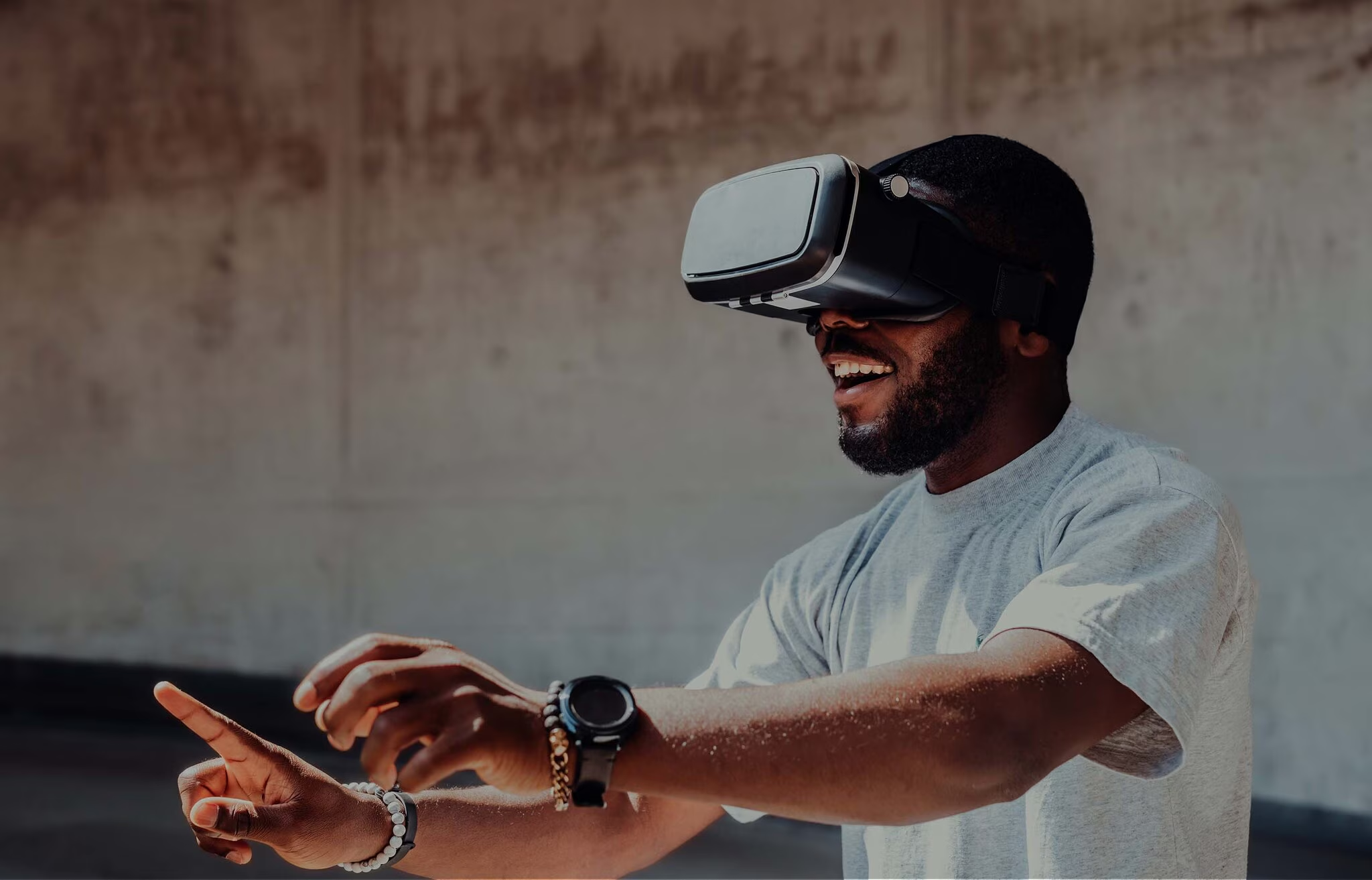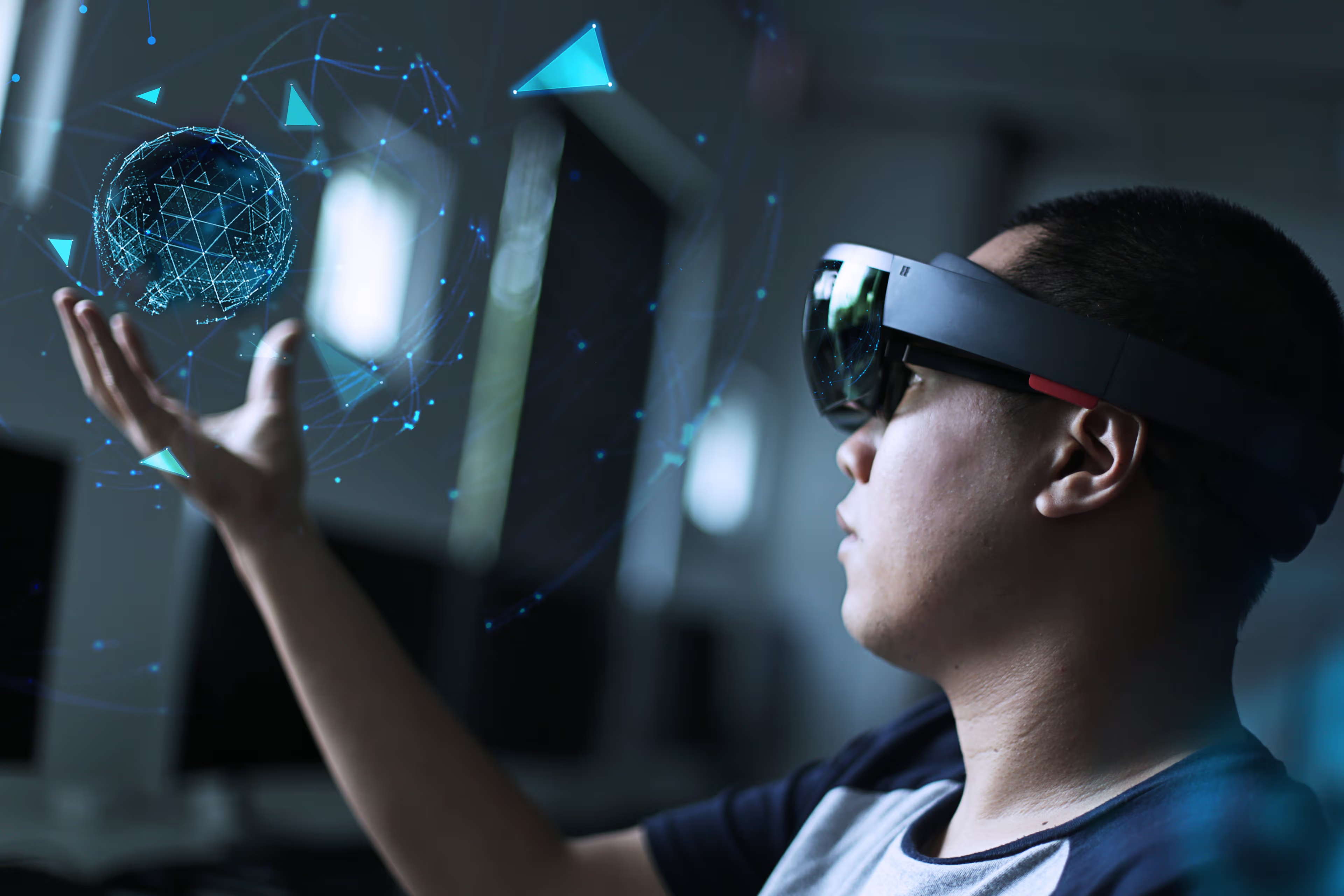Introduction
The rise of Virtual Reality (VR) has unlocked new dimensions of human interaction, offering immersive experiences that extend far beyond entertainment. One of the most profound transformations it has triggered is the rapid growth of virtual economies—digital ecosystems where goods, services, and even identities are traded.
As immersive technologies continue to integrate with blockchain, artificial intelligence, and Web3 platforms, these virtual economies are reshaping how we perceive ownership, value, and economic participation. This article explores the opportunities and challenges driving this evolving frontier.
1. The Rise of Virtual Economies
1.1 Definition and Scope
A virtual economy refers to a self-sustained economic system that operates within digital environments, often featuring its own currencies, marketplaces, and rules of exchange.
In the VR context, this includes:
- Virtual goods such as avatars, outfits, and real estate.
- Services like digital consultancy, tutoring, or entertainment.
- Entire marketplaces embedded in metaverse platforms.
1.2 Historical Foundations
- Gaming Economies: Titles like World of Warcraft and Second Life laid the groundwork for virtual marketplaces.
- Cryptocurrencies and NFTs: Decentralized technologies introduced verifiable ownership and scarcity to digital assets.
- VR Platforms: Modern VR ecosystems like Horizon Worlds, Decentraland, and Somnium Space now integrate these models into immersive environments.
2. VR as a Catalyst for Economic Transformation
2.1 Immersive Marketplaces
VR enables users to visit 3D marketplaces, inspect products virtually, and experience services in ways traditional e-commerce cannot replicate.
2.2 Redefining Work and Labor
The growth of virtual economies is expanding employment categories:
- Virtual architects and environment designers
- Digital fashion creators
- VR tour guides and instructors
2.3 Convergence with Blockchain
Blockchain ensures secure, decentralized ownership of digital goods, enabling cross-platform trade and reducing reliance on centralized authorities.

3. Opportunities: Emerging Business Models and Innovation
3.1 Real Estate in the Metaverse
Virtual land parcels are being bought, sold, and developed much like their physical counterparts, often hosting retail stores, events, and branded experiences.
3.2 VR-Enhanced Retail
Brands are building immersive shopping environments, allowing customers to try out furniture in a digital replica of their homes or explore virtual fashion shows.
3.3 Cultural and Creative Industries
Artists, musicians, and performers can host live VR events, sell digital collectibles, and reach global audiences without geographical limitations.
3.4 Education and Professional Training
Institutions are monetizing VR learning spaces, offering premium interactive courses and certifications in specialized fields.
3.5 Financial Innovation
Decentralized Finance (DeFi) platforms integrated into VR enable peer-to-peer lending, staking, and other financial services tailored to virtual economies.
4. Challenges: Regulation, Ethics, and Technological Barriers
4.1 Regulatory Uncertainty
Governments worldwide grapple with how to classify and regulate virtual assets, posing risks to investment and cross-border transactions.
4.2 Fraud and Security Concerns
The anonymity and novelty of virtual marketplaces make them susceptible to scams, intellectual property theft, and cybercrime.
4.3 Inequality and Accessibility
High costs of VR devices and fluctuating cryptocurrency markets risk deepening the digital divide.
4.4 Ethical Dilemmas
Questions about labor exploitation in virtual gig work, digital addiction, and the psychological impact of immersive economies remain unresolved.
4.5 Technical Barriers
Scalability, interoperability between platforms, and high energy consumption in blockchain-based systems are significant hurdles to sustainable growth.
5. Future Outlook
5.1 Standardization and Interoperability
Efforts to establish common protocols will enhance cross-platform collaboration, encouraging the fluid exchange of assets and services.
5.2 AI-Driven Personalization
AI will tailor virtual environments to individual preferences, creating hyper-personalized shopping, work, and entertainment experiences.
5.3 Integration with the Physical Economy
Hybrid business models—such as digital twins of physical stores—will further merge virtual and real-world markets.
5.4 Inclusive Growth
Affordable devices, public investment in digital infrastructure, and progressive policies can democratize participation in virtual economies.
Conclusion
Virtual economies, powered by VR, represent a transformative leap in the evolution of global commerce. They offer immense opportunities for innovation across industries—yet face significant regulatory, ethical, and technological challenges.
For virtual economies to thrive sustainably, collaboration among policymakers, technologists, and entrepreneurs is essential. The future lies in building immersive, secure, and inclusive ecosystems that empower individuals and businesses alike to participate in this new era of economic interaction.
















































